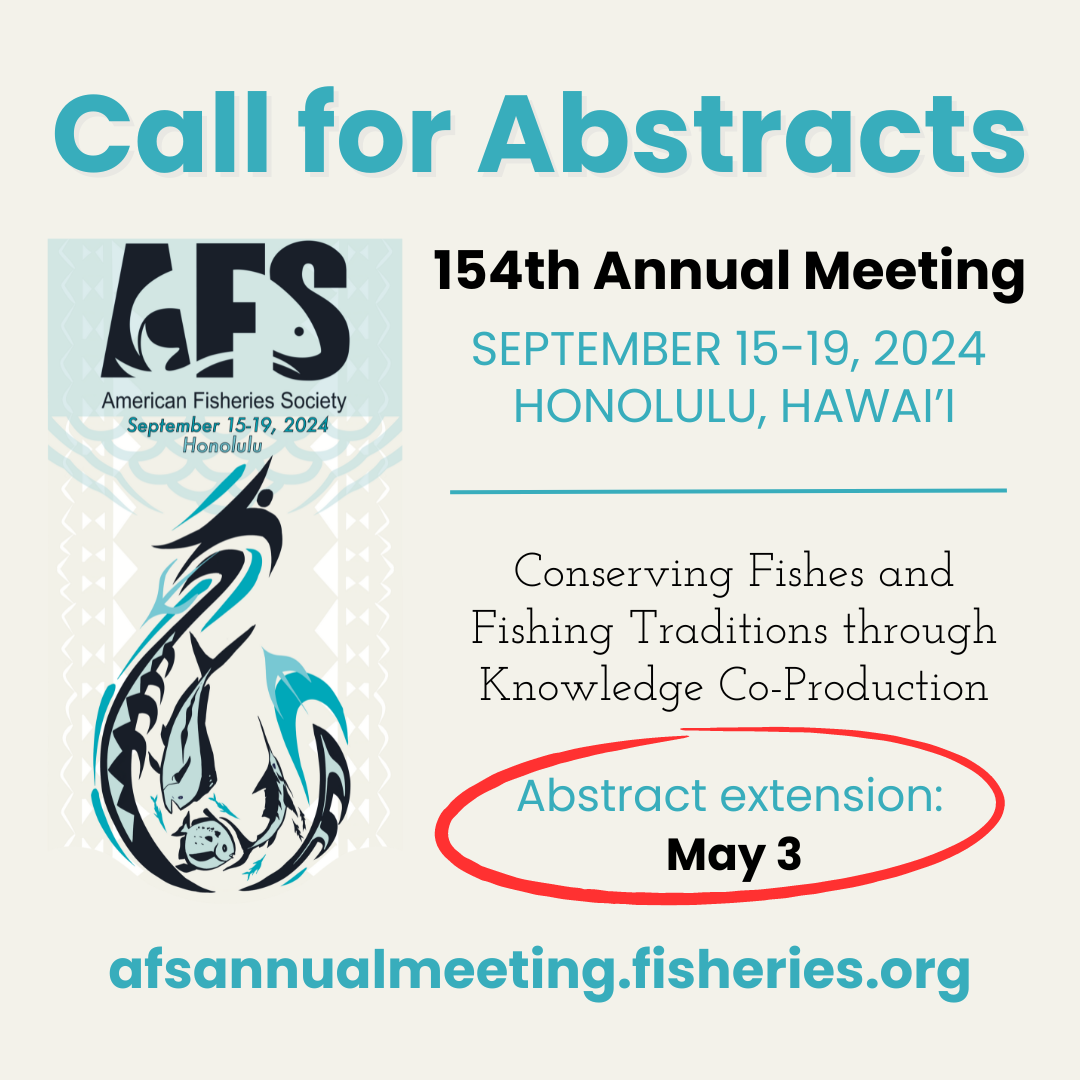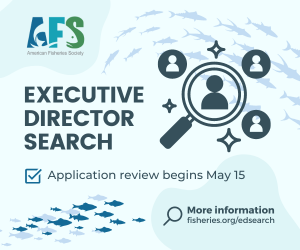April 15, 2024
The Honorable Joseph R. Biden, Jr.
President
The White House
1600 Pennsylvania Avenue, NW
Washington, DC 20500
Dear Mr. President:
The undersigned organizations, representing hundreds of thousands of hunters, anglers, wildlife professionals, and outdoor enthusiasts, write today regarding the implementation of the Infrastructure Investment and Jobs Act (IIJA), known also as the Bipartisan Infrastructure Law or “BIL” and the Inflation Reduction Act (IRA). Together, these laws infused billions of dollars into programs and projects that balance infrastructure investments with landscape and watershed conservation, improve fish and wildlife habitat on working forests and agricultural lands, advance natural infrastructure and nature-based solutions, connect Americans to their public lands and waters, and offer long-term benefits for climate resilience.
Our coalition, co-led by the Theodore Roosevelt Conservation Partnership (TRCP) and the Association and Fish and Wildlife Agencies (AFWA), has played a pivotal role over the past few years in actively supporting the Administration’s implementation of these historic investments. Our collaborative efforts extend across jurisdictions and include federal, state, territorial, Tribal, and non-governmental organizations (NGOs) in local partnerships that focus on BIL and IRA programs targeting ecosystem restoration, wildfire resilience, aquatic connectivity and fish passage, wildlife crossings, clean water, and drought and flood resilience projects.
Over the past year and a half, our coalition has consistently convened to explore BIL and IRA implementation opportunities and challenges. We have engaged with federal, tribal, state, territorial, and NGO stakeholders to examine implementation constraints and to develop recommendations and strategies that may achieve more efficient, meaningful, and lasting conservation outcomes. We have also focused on addressing capacity needs and other barriers to getting funding to on-the-ground projects in an efficient and environmentally beneficial manner.
Following enactment of this historic funding, our coalition drafted a letter to this Administration to offer expertise and resources to ensure BIL and IRA funding delivery would be driven by science, targeted and strategic, built upon years of on-the-ground conservation and recreation partnerships, and sustainable for the long-term. As we approach the mid-point of this historic funding opportunity, we appreciate the opportunity to continue this important work together, and offer the following recommendations to address some remaining areas of concern based on our shared experiences with BIL and IRA implementation.
Enhanced Federal Agency Coordination and Collaboration for Durable Conservation and Outdoor Recreation at the Landscape and Watershed Scale
It is critically important to maximize benefits for fish and wildlife by continuing to direct the historic funding from BIL and IRA to achieve transformational change at the landscape and watershed levels. The broad and extensive funding opportunities provided through BIL and IRA span numerous federal agencies and programs. The magnitude of funding provides great opportunity, but in some instances has led to siloed decision making. We continue to be concerned that simply funding a large number of projects without an overarching coordinated vision or plan, including the utilization for existing landscape level plans, will not have the desired impact for fish and wildlife conservation. This approach has also created a complex network of funding opportunities that grantees need to knit together to address the full scope of a project or artificially fragment a project into parts. This adds to the administrative burden for grantees, particularly in underserved communities, and reduces the potential for transformational outcomes.
We support the use of existing landscape and watershed-scale plans to guide federal investments of BIL and IRA funds.
Further, enhanced coordination amongst the Federal agencies that receive funding for similar and related purposes is essential to maximize potential for landscape and watershed scale conservation. We encourage the administration to require federal agencies to coordinate their funding and programs for enhanced successful conservation outcomes. We are encouraged by the formation of the Interagency Fish Passage Task Force, under the leadership of the U.S. Fish and Wildlife Service, and we would support similar efforts that facilitate the development of shared priorities and outcomes in other areas.
Address Federal Agency Workforce Capacity
Common themes of challenges and hurdles that federal agencies face throughout the implementation process are primarily associated with a lack of staffing capacity and technical expertise needed to effectively deploy the resources granted by unprecedented amounts of BIL and IRA funding. Another major concern shared by officials across the federal family is a lack of technical and scientific expertise on the ground, especially because each state, territory, and region in the United States faces different needs and challenges. A recent Department of the Interior (DOI) Inspector General (IG) Report found that DOI bureaus and offices are still 20-to-30 percent below the capacity needed to get the dollars out the door responsibly.
Since the adoption of the BIL, the U.S. Office of Personnel Management (OPM) has worked to accelerate hiring for key federal positions, including engineers, scientists, project managers, IT, HR specialists, and construction managers. Integral to this effort was the release of OPM’s Talent Surge Executive Playbook and the utilization of specific hiring flexibilities, including temporary appointments, to address discrete agency critical hiring needs. Despite these efforts, several key agencies still face challenges in ensuring they can promptly deploy the funding, maintain staffing and resource capacity, produce reliable information, and establish appropriate program controls.
We recommend expanding initiatives such as OPM’s Talent Surge Executive Playbook, Schedule A authority, and the Intergovernmental Personnel Act Mobility Program to address staffing and technical expertise challenges.
We strongly encourage the use of federal contractors with a demonstrated ability and track record for managing large project portfolios, who can navigate the planning and federal review processes, and deliver federal funds to on-the-ground projects in an efficient and environmentally beneficial manner.
One example of increasing capacity through partnerships includes work by The Nature Conservancy (TNC), who is expanding their collaboration with the Forest Service to conduct controlled burns in some of the places in the United States that need them most. Throughout North America, a dizzying array of landscapes need fire in some intervals. When they do not get the fire they need, many become prone to potentially destructive and extreme wildfires because of the natural fuels in the landscape that built up over decades or more. One of the big challenges has been a lack of human resources whose primary responsibility is to work with beneficial fire. Through a portfolio of new agreements made possible through funding from the IRA, TNC is adding fire practitioners, both TNC employees and partners, to fire teams to conduct controlled burns to build fire resiliency back into our landscapes.
We recommend continued and expanded use of partnership agreements between federal agencies and conservation partners, collaborative conservation models, and existing well-established conservation delivery programs. Cooperative agreements, shared stewardship agreements, and MOUs (e.g., Mule Deer Foundation, Trout Unlimited, The Nature Conservancy, and the National Wild Turkey Federation), and other formal methods of collaboration with state, territorial, tribal, and local governments as well as the NGO, research, and university sectors have proven effective. The Forest Service is utilizing its long-standing authorities and partnerships for large national-level agreements – or Keystone Agreements – for BIL and IRA implementation. According to the Forest Service, these agreements will allow the agency to execute priority projects quickly and efficiently, foster innovation, and encourage critical collaboration among partners.
We also support the utilization of service organizations like AmeriCorps and the American Climate Corps to enhance the capacity and skills of the workforce involved in BIL/IRA-funded projects.
Address Capacity and Provide Process Improvements for Grantees
Lack of capacity at state, territory, and local agencies has been identified as a major barrier to delivering cost-effective projects, particularly in smaller communities and rural areas. The principal challenges include (a) the ability for grantees to provide the match required by particular funding opportunities, (b) the lack of sufficient workforce, skilled personnel, and expertise necessary to write a competitive grant proposal, and (c) the overall capacity to manage compliance required by federally funded projects. We encourage a standardized and coordinated grant administration process across the federal government to make it easier for communities and organizations to apply for grants. This process should be designed to reduce barriers to accessing federal resources for underserved communities.
The conservation community including states, territories, and Tribes has worked tirelessly to build ground-up conservation and recreation programs with established delivery mechanisms that have stood the test of time and have led to significant conservation victories on public and private lands and waters across the United States. We encourage federal agencies to work with the conservation, landowner, and recreation community and local, state, territorial, and tribal leaders to build capacity to ensure funds are efficiently and effectively utilized. We encourage better utilization of broad and diverse coalitions that are already underway within priority regions, including state-led landscape priorities and projects, while also supporting new opportunities to build capacity and planning needs for communities that have often not had opportunities to engage in federal, regional, or state and territory planning efforts nor access to federal resources.
The U.S. Department of Transportation released a Project Delivery Action Plan to focus attention on, and fast-track, innovation in the delivery of infrastructure investments in America. While this plan is largely focused on transportation and other physical infrastructure, it does contain tools that could be useful to a broader set of federal agencies: technology support targeted to underserved communities, standardized templates for critical components of project applications like engineering and construction documents, and easily searchable databases to access funding opportunities across the federal government. Aspects of this plan should be harnessed to enhance the tools for conservation and resilience funding programs.
NEPA Process Improvements
Improving the permitting process is a critical component of BIL and IRA implementation to deliver faster, more equitable, and science informed decisions that maintain or enhance environmental outcomes. Permitting delays pose a significant threat to success if not addressed.
Many local, state, territory, and federal permitting processes are designed to avoid environmental harm, but perversely, many projects which have the goal of enhancing ecological resources are stymied by the very same regulations. According to a report conducted by the California Landscape Stewardship Network, permitting and review can consume as much as a third of public funding for a restoration project and cost valuable time. Some landscapes and resources are extremely dynamic and project scopes and budgets can change during costly delays. This all places a premium on solid planning and sound science to support permitting reviews and achieve a positive long-term impact.
Our coalition sees significant opportunity for streamlining permitting for projects with significant environmental benefits, such as wetlands restoration, nature-based climate resiliency projects, outdoor recreation opportunities, and work that restores habitat or ecological function.
We encourage expanded use of programmatic NEPA reviews for conservation and restoration initiatives, as well as the responsible use of Categorical Exclusions to enhance and restore priority habitats and certain nature-based solutions. Measures like these and others can save agencies time and resources and provide an opportunity for federal agencies to dramatically increase the efficiency and predictability of the NEPA review process, while still satisfying their obligation to assess the environmental effects of major federal actions under NEPA. In addition, permit processing time could be decreased through training of agency staff on permitting authorities to create more consistency and ease uncertainties with processing.
Telling Conservation Success Stories
Outside of achieving large scale conservation outcomes through implementation of BIL and IRA funded projects, one of our coalition’s strongest skillsets is our ability to communicate our conservation success stories. We offer these communication resources as a tool to enable the Administration to showcase success stories that are resulting from this historic funding. These tools can better communicate the important work occurring across our landscape for fish, wildlife, and communities to a broad segment of the American public, and expand our understanding of the collective benefits that BIL and IRA projects provide.
Thank you for taking the time to consider these recommendations to improve BIL and IRA funded project implementation. We look forward to working with this Administration to strengthen and better utilize these investments. We would very much appreciate the opportunity to meet with representatives of your Administration for a discussion on these recommendations, to better understand what has been accomplished to date, and to identify how we can work more closely to tell the conservation success stories resulting from this significant and historic funding.
Thank you for your consideration,
Angler Action Foundation
American Fly Fishing Trade Association
American Fisheries Society
American Woodcock Society
Archery Trade Association
Association of Fish and Wildlife Agencies
Fly Fishers International
Land Trust Alliance
National Association of Forest Service Retirees
National Deer Association
National Wild Turkey Federation
North American Grouse Partnership
Mule Deer Foundation
Pheasants Forever, Inc. and Quail Forever
Public Lands Foundation
Ruffed Grouse Society
Sportsmen’s Alliance
Theodore Roosevelt Conservation Partnership
The Nature Conservancy
Wild Salmon Center
Wildlife Forever
cc: The Honorable Deb Haaland, Secretary, DOI
The Honorable Tom Vilsack, Secretary, USDA
The Honorable Pete Buttigieg, Secretary, DOT
The Honorable Gina Raimondo, Secretary, DOC
The Honorable Brenda Mallory, Chair, CEQ
The Honorable Rick Spinrad, Administrator, NOAA
The Honorable Mike Connor, Assistant Secretary of the Army, USACE
The Honorable Michael Regan, Administrator, EPA
The Honorable Deanne Criswell, Administrator, FEMA
The Honorable Terry Crosby, Chief, NRCS
The Honorable Zach Ducheneaux, Administrator, FSA
The Honorable Randy Moore, Chief, USFS
The Honorable Martha Williams, Director, USFWS
The Honorable Tracy Stone-Manning, Director, BLM
The Honorable Camille Touton, Commissioner, BoR
The Honorable Janet Coit, Assistant Administrator, NOAA Fisheries
The Honorable Shailen Bhatt, Administrator, FHWA
The Honorable David Applegate, Director, USGS





